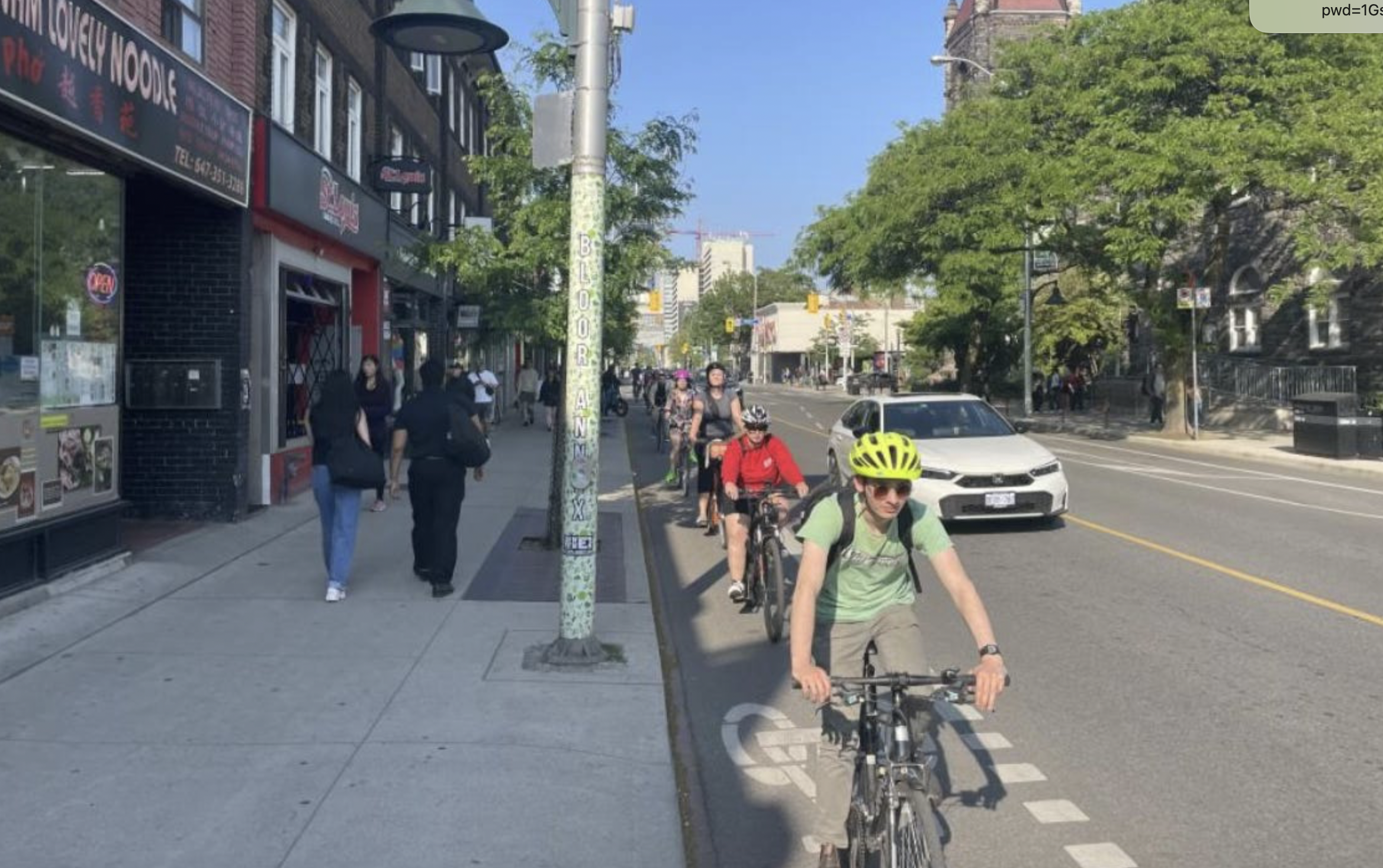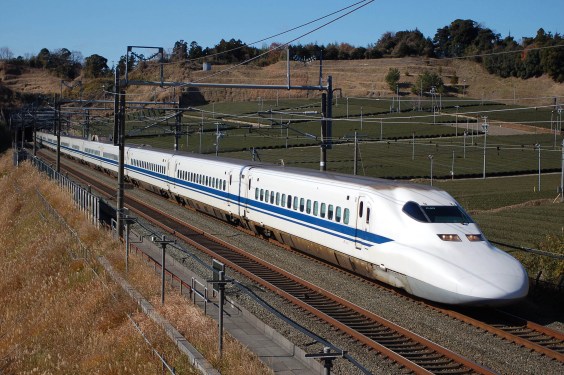In the urbanist blogosphere, there's a lot of discussion about "getting density right" -- the art and science of designing good urban space and codifying those qualities in zoning.
Today at Strong Towns blog, Andrew Burleson has something interesting to add. Burleson says many of our cities have been so profoundly weakened that, short of bulldozing and starting over, they will never be "perfect." A zoning code that attempts to produce a perfect urban environment may not be the right path forward in such a case. What really matters, according to Burleson, is whether a space attracts people. Sometimes places that draw people in are less than perfect from an urban design perspective, Burleson says, and that's OK:
The most important thing for the 21st Century is that our places be highly productive -- meaning they've got to generate private sector and public sector cash flow that makes them economically sustainable. The building [above right] probably does OK for public sector cash flow, but it is not good enough because it doesn't create vitality that will radiate to the adjacent properties and power a chain of transformation.
What creates private-sector vitality -- i.e. valuable property that can generate high rents? Well, property value is driven by the ability of a place to attract people (it's net attraction). How do we attract people to a place? Jane Jacobs and William Whyte taught us this one a long time ago: people are attracted to other people.
Burleson compares two places: a Milwaukee gas station "hidden" by a corner building that has design qualities espoused by urbanists, which is still surrounded by a terrible walking environment; and a Houston restaurant that is lacking from a design perspective but is still very successful as an urban place. Burleson says we can apply these ideas to our imperfect cities to help promote real change:
Good enough urbanism is the next step after tactical urbanism. It's reclaiming everything we can from the spaces we have, and doing everything possible to put people on the street. It's just a little bit more durable and longer-lived than a "paint and traffic cones" intervention. But the amazing thing is, this is the kind of stuff that can change the culture of a place -- and THAT is the real battle we're fighting.
Elsewhere on the Network today: The Bicycle Alliance of Washington prepares for a big vote that could slow traffic considerably on neighborhood streets around the state. Portland Transport reports that the city is preparing to vote on new, impressively low parking minimums. And NRDC Switchboard explains why the National Environmental Policy Act (NEPA) is the "most important law you've never heard of."






